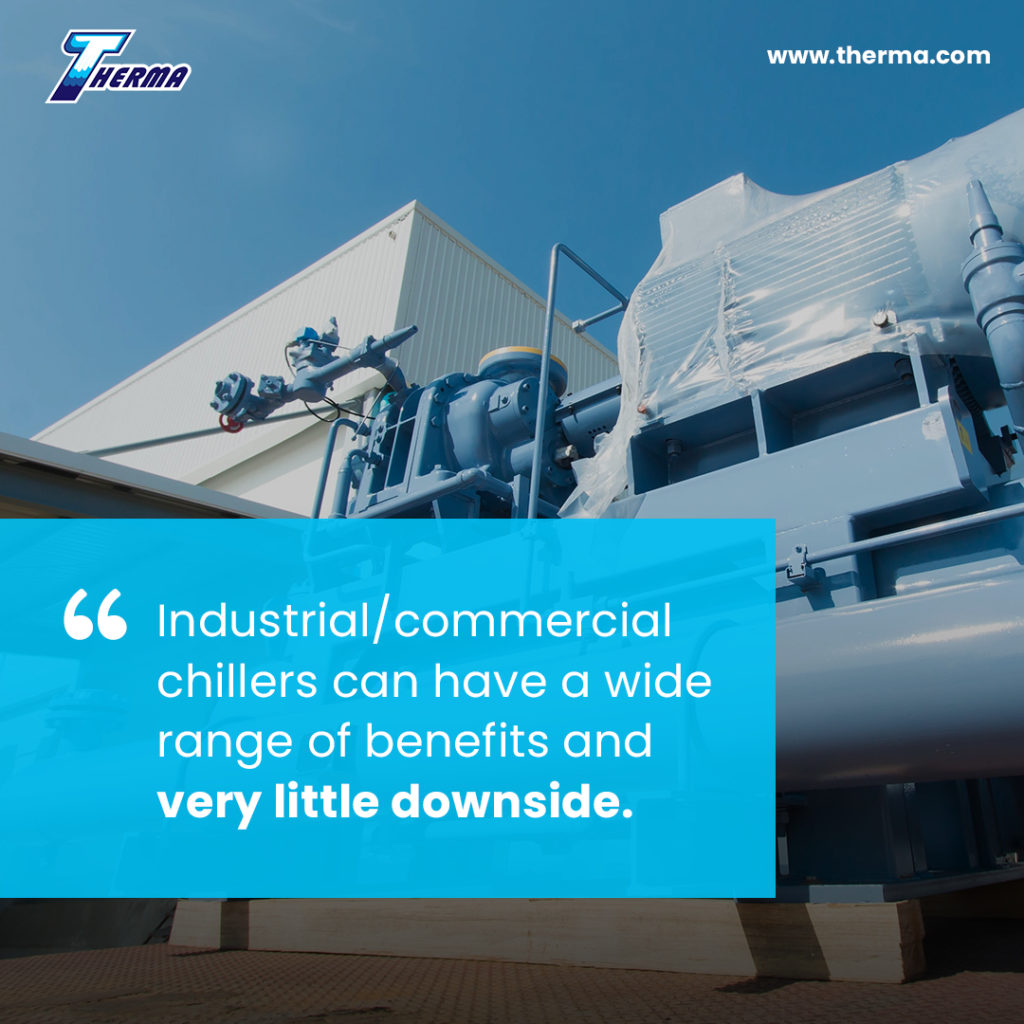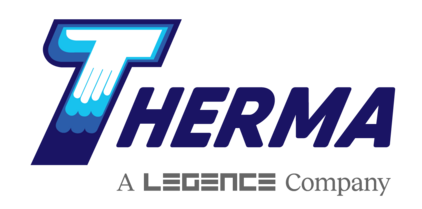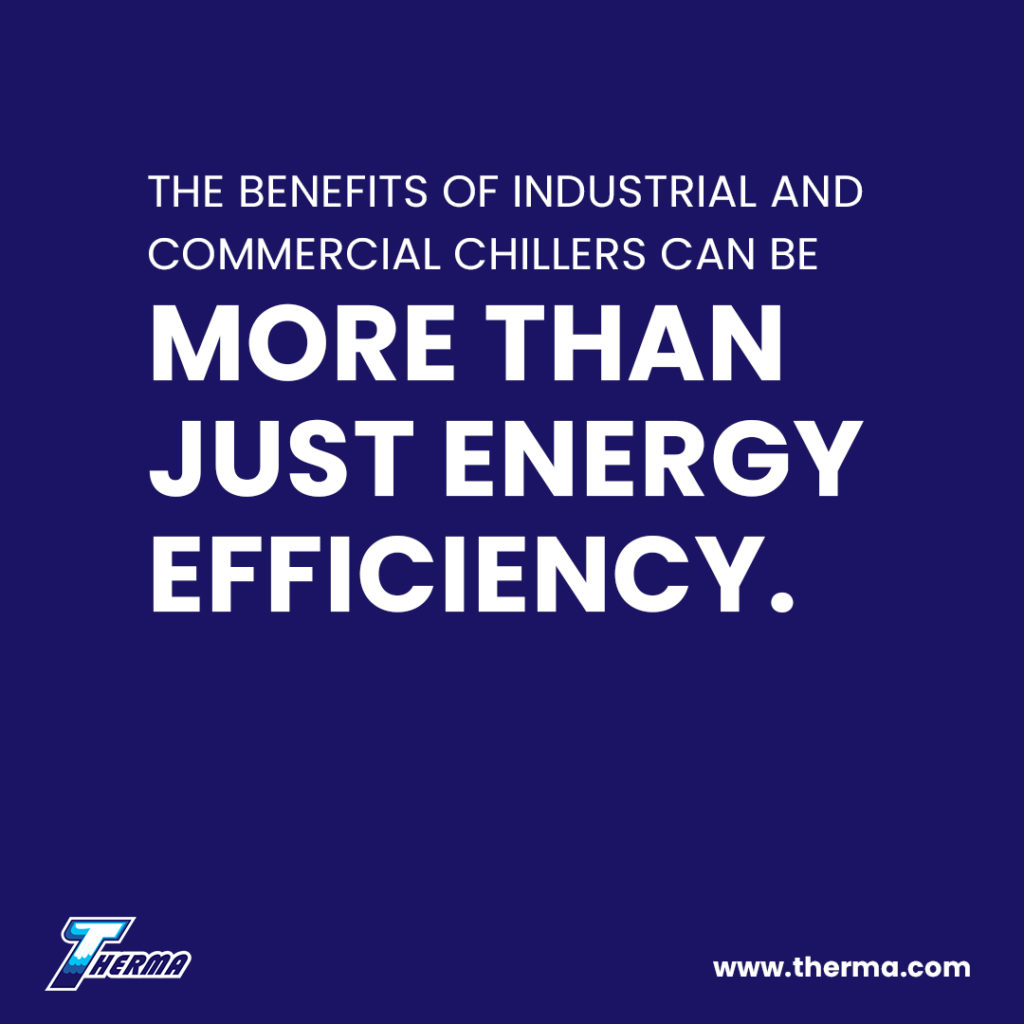Industry leaders, facility managers, and engineers are always looking for ways to improve efficiencies at their facilities. An industrial or commercial chiller continues to be a well-thought-out alternative to cooling process fluids or dehumidifying air in an industrial or commercial setting. With a wide range of chillers to choose from, options for commercial and industrial applications are plentiful.
Chillers consume more than 40% of the total energy used in commercial and industrial buildings for space conditioning and regulating process temperature. It has been estimated that chillers and motors and pumps used in chillers consume 10,737 MWh (i.e. 51% of total energy consumption) of electric energy for different percentage of loadings. As chillers are major energy users, variable speed drives are applied in chillers to reduce their energy consumption.

It has also been found that about 23,532 MWh annual energy can be saved for chilled water supply pumps, condenser pumps and cooling tower fan motors by matching required speeds using variable speed drives for 60% of speed reduction. About 1,274,692 kg of CO2 emission could be avoided for using energy efficient chillers at 50% load. It has been also found that about 2,426,769 kg CO2 emission can be reduced by using variable speed drives for 60% speed reductions.
What are the Industrial and Commercial Benefits of Chillers?
Industrial and commercial chillers can have many benefits. When considering a type of cooling process for your facility, a commercial or industrial style chiller can be a cost efficient way to reduce the need for maintenance on equipment. It’s also a more cost effective capital investment then purchasing a cooling tower.
Owners, administrators, and facility manager sometime struggle to find the balance between cost, efficiency, and a well maintained industrial process. Adding a chiller to the process could offer a variety of benefits for facility manager interested in maximizing operational efficiency and cost without compromising process efficiency.
1) Cost: Industrial/commercial chillers can range for thousands of dollars to tens of thousands of dollars. With such wide price ranges chiller can provide a variety of cost effective options to meet you facility’s needs.
2) Reduce equipment maintenance: In time of extreme temperatures, adding a chiller to the process could optimize the process by allow the equipment to always operate at its most optimal temperature. Which also reduces wear and tear on the equipment and allowing for less need for maintenance and repairs.
3) Applications: From large scale industrial needs to small commercial applications; with the variety of chillers on the market, chillers can be used in a number of commercial and industrial applications.
4) Size: Industrial/commercial chillers can range in size. Ranging from 10 tons to 1,000 tons providing wide range of cooling options.

From large scale industrial chillers to small efficient commercial units, there are many brands and manufacturers to choose from. However, it is important to select a chiller that is best suited for the needs of your facility.
By Harry Jeudy
Harry Jeudy has more than 15 years of experience in the government and industrial sector. He has extensive industrial background permitting Title V facilities. He’s written permits, environmental impact statements, environmental assessment, and technical memorandums.
Source:
1. http://www.coolingtechnology.com/about_process_cooling/industrial-chillers/
2. https://surna.com/resources
3. www.aggreko.com
4. www.jcyounger.com
5. www.sciencedirect.com








